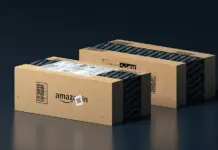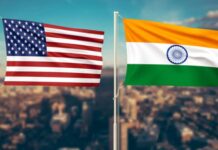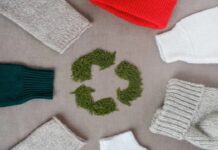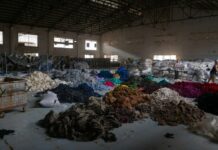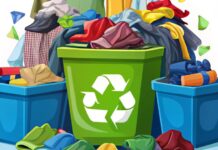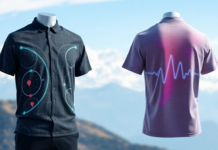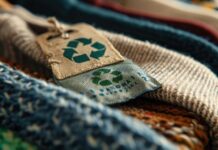Microfiber pollution has emerged as a significant environmental challenge in the apparel industry, leading to increased scrutiny and a call for action to address its impact. A recent report titled “Microfibers: A Global Threat to Our Oceans,” published by the International Union for Conservation of Nature (IUCN) in collaboration with the 5 Gyres Institute, highlights the critical issue of microfibers shed from synthetic fabrics during washing. These tiny fibers contribute substantially to ocean pollution and pose serious risks to marine ecosystems.
In response to this pressing concern, the IUCN and the 5 Gyres Institute have outlined a series of comprehensive guidelines aimed at educating apparel manufacturers and consumers about the sources and implications of microfiber pollution. These guidelines emphasize the need for sustainable practices across the entire supply chain, particularly in the production, use, and disposal of synthetic textiles.
The report suggests several strategies for minimizing microfiber release, including the incorporation of specialized washing bags and filters that capture microfibers during laundry. Additionally, manufacturers are encouraged to seek alternatives to conventional synthetic materials, opting instead for natural fibers or innovative textiles designed to reduce shedding.
Moreover, the report calls for heightened transparency within the apparel industry, urging brands to disclose information regarding their materials and production processes. This transparency enables consumers to make more informed purchasing decisions and promotes a culture of sustainability among brands.
As awareness of microfiber pollution continues to rise, the apparel industry is urged to take proactive measures to alleviate its effects. By adhering to the guidelines set forth in the IUCN report, in collaboration with the 5 Gyres Institute, companies can contribute to environmental preservation while enhancing their reputation among an increasingly eco-conscious consumer base.
Collaboration among industry stakeholders, researchers, and environmental organizations will be essential in developing effective solutions to this multifaceted issue. The apparel sector has the potential to lead the way in driving significant change and reducing microfiber pollution for a more sustainable future.




